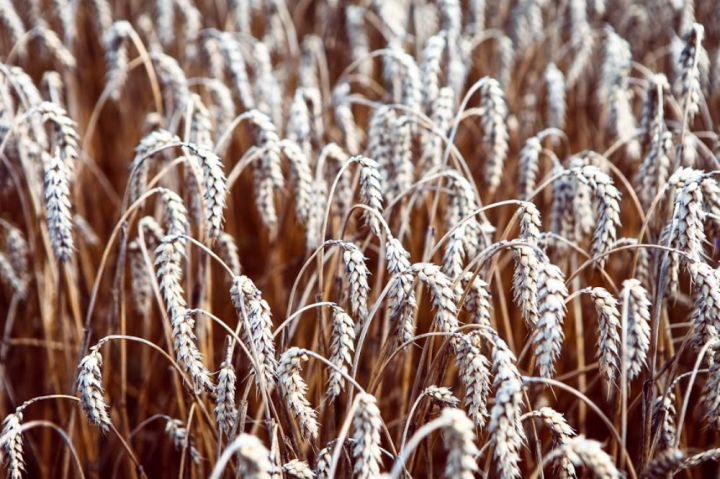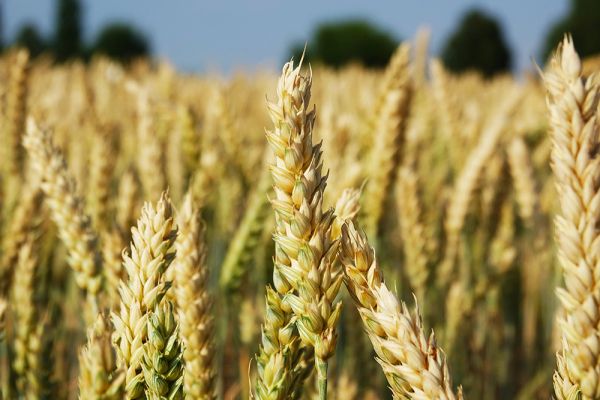To learn more about agribusiness in Ukraine, follow us on Facebook, on our channel in Telegram, and subscribe to our newsletter.
Wheat Production in Ukraine: 2020 Crop Forecast and Weather Risks
Barva Invest analysts give an account of key wheat production regions in Ukraine, crop prospects in the current year and how it was affected by adverse weather conditions.
Compared to other cereals and oilseeds, wheat sown areas in Ukraine have not seen significant changes over the past five years. Given this fact, key drivers affecting the gross production in the country are weather conditions during the active phase of plant development, technology and seed quality.
Among the major producing regions are Odesa, Kharkiv, Dnipropetrovsk, Zaporizhzhya, Vinnytsya and others, each of which accounts for 6% to 4% of the country's production. The rest of the regions account for only 15% of the total production, so a slight drop in yields in the regions shown in gray on the map does not significantly affect the overall result. The current season is marked by a series of weather events, which have had a greater negative impact on the southern regions.
Historically, the south of Ukraine suffers most from drought, but if one considers the coefficient, variations across the country demonstrating how much yield has changed over the past five seasons in a particular area, it is clear that only Odesa region falls in the top areas experiencing the greatest fluctuations. However, the yield in Mykolaiv and Kherson regions appears to be more constant. Therefore, the current problems with crops may be partially overestimated and eventually do not have decisive weight.
It should also be noted that the key areas shown on the map have a fairly high coefficient of yield variation: over the past five years, it has varied most in Cherkasy, Ternopil and Odesa regions, less in Kharkiv, Poltava and Khmelnytsky.
Yields are strongly influenced by the amount of accumulated precipitation in the topsoil. Having analyzed the precipitation data in main areas in key months relative to the average for the last nine seasons, we concluded that in October, March and April in almost all areas which are in the risk zone, there was 100-150% less rainfall than usual.
Infographic guide Ukrainian Agribusiness 2018/19
If the situation had not changed, it could have led to a decline in the national harvest this year to 22-23 mln t. However, heavy rains in May significantly exceeded the usual precipitation level and could significantly improve the condition of wheat crops. Of course, prolonged drought has made its impact vivid and May rains only contained further losses in the most affected regions. Odesa and Zaporizhzhya regions remain at risk, both because of severe weather events and due to earlier maturation periods, which leave no chance for full effect from the rains.
Given the retrospective data, current weather conditions and data on crop losses in southern Ukraine, our wheat balance for the next season gives all grounds to expect a 26.1 mln t harvest. Naturally, this will reflect on the country's export potential, which will be less than in the current season: 17.5 vs. 20.2 mln t.
Furthermore, one should bear in mind the fact that the risks for sowing are still present: heat from the Southern District of Russia is approaching, which in the coming days will hit Ukraine and in some regions, the temperature will rise to +32°C, which may have a negative impact on wheat since it is now in the stage of grain filling. Next week, the rains in the southern regions of Ukraine will be weak, so this weather may have a serious impact on yields, thus necessitating a further revision of forecasts.
Olga Harabara and Pavel Haustov, Barva Invest analysts





